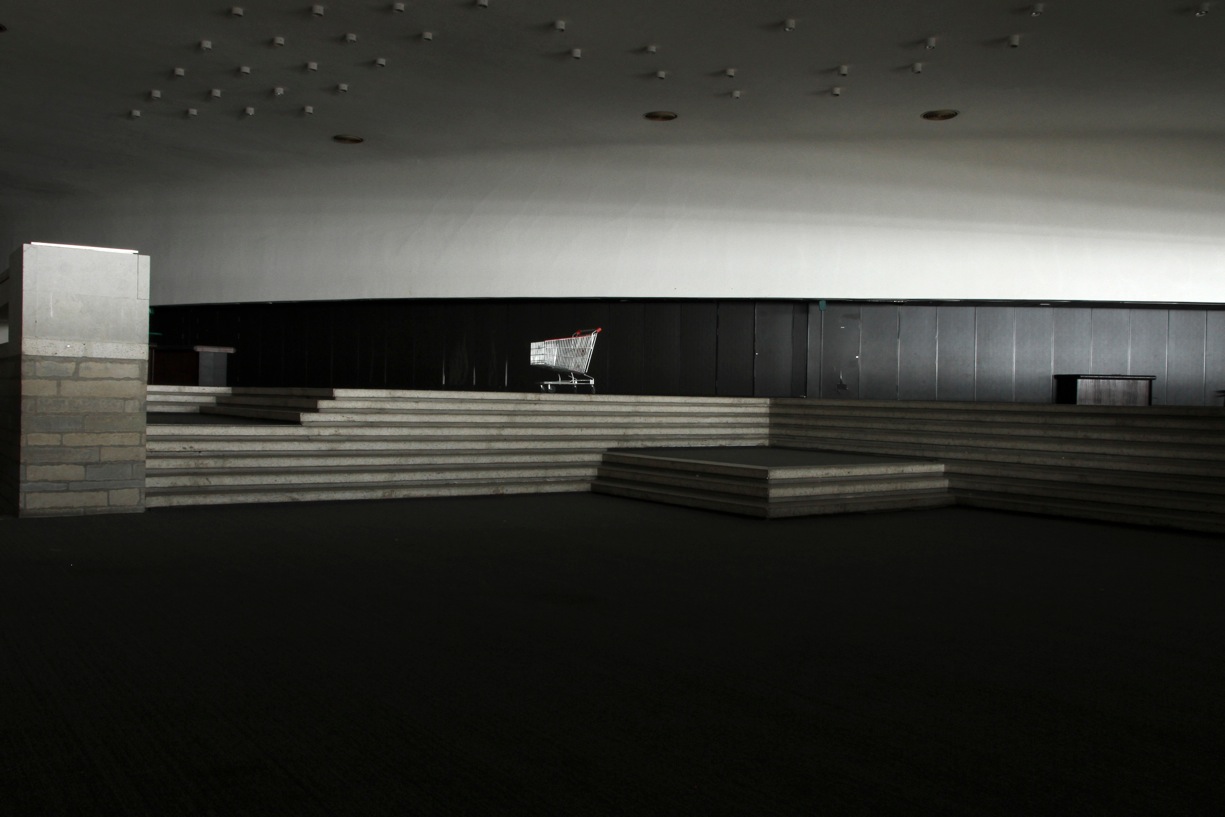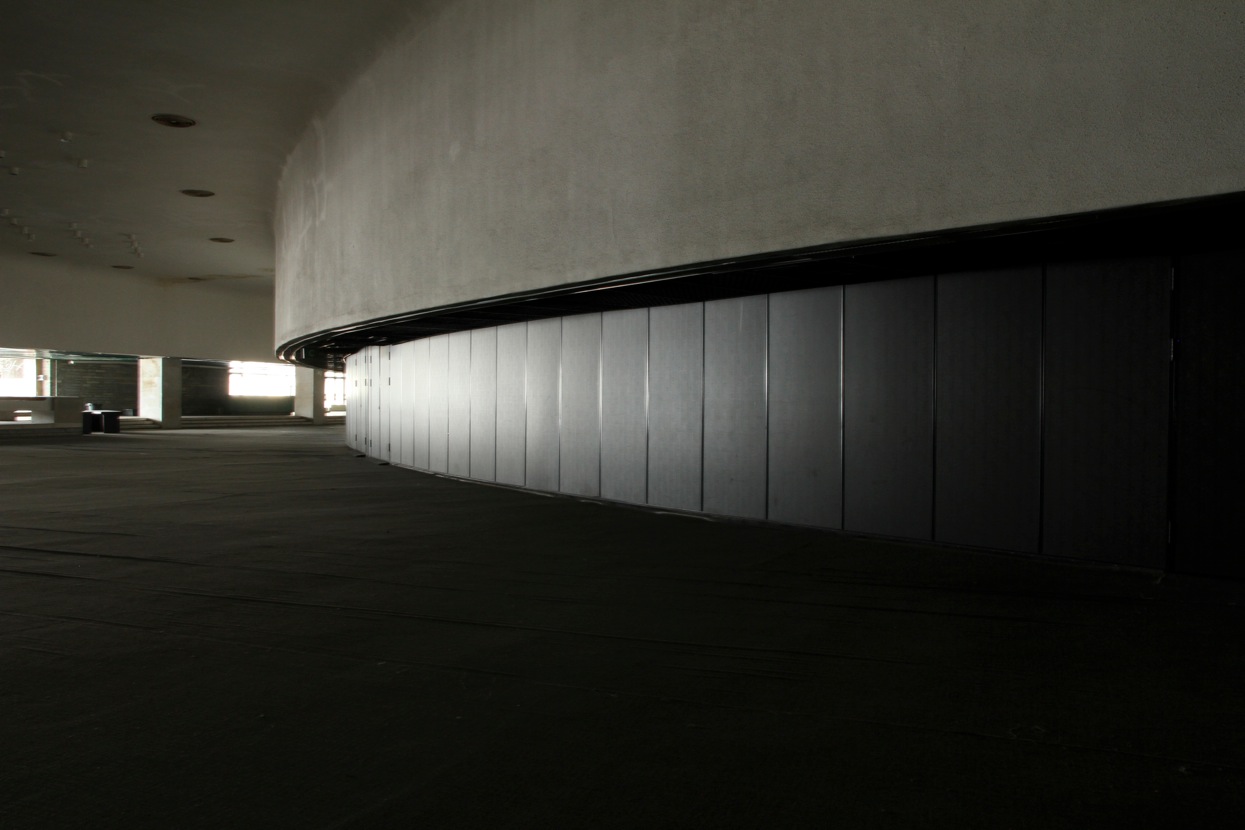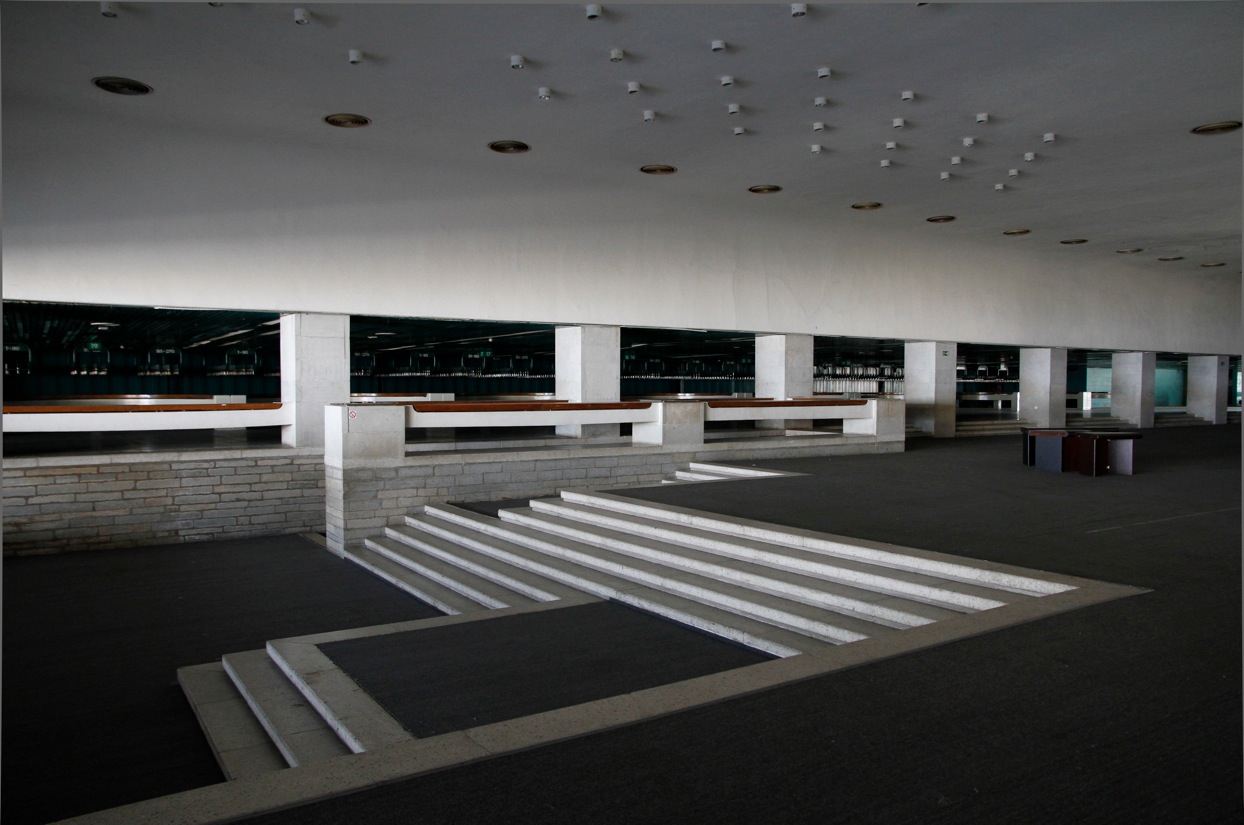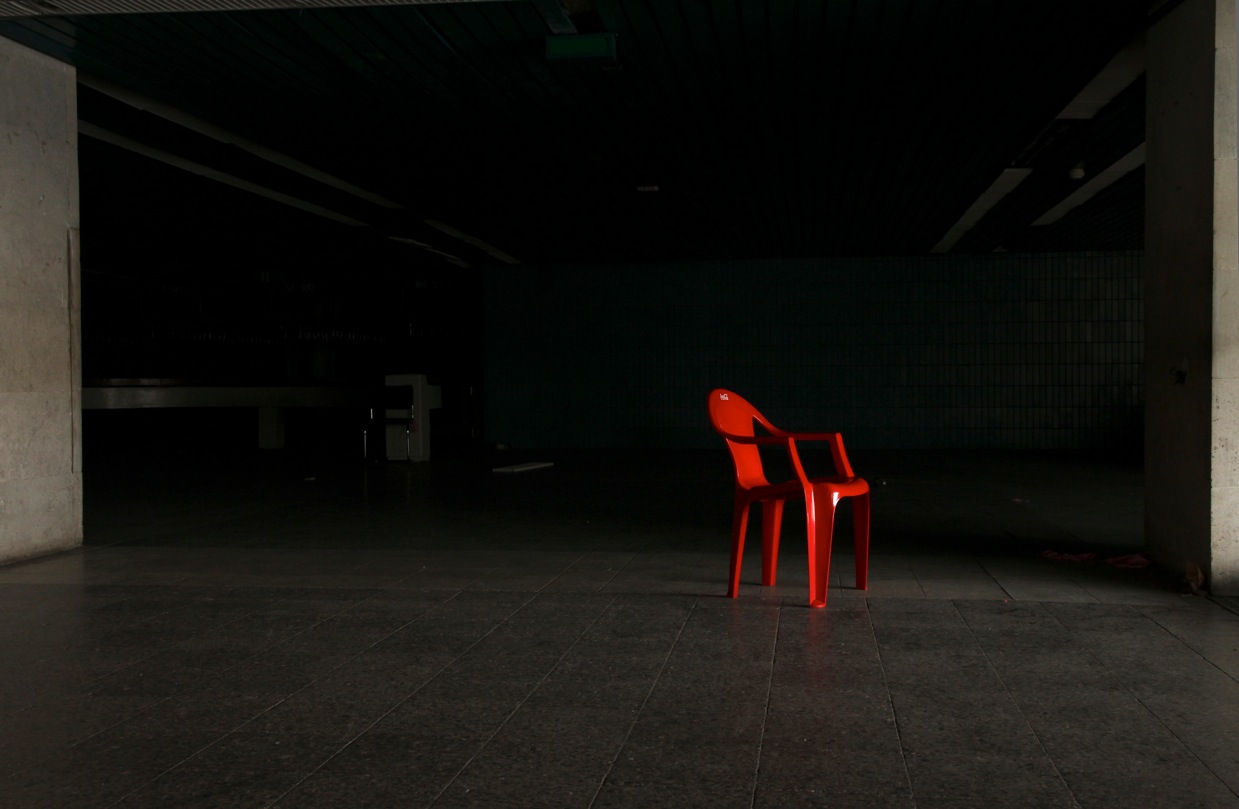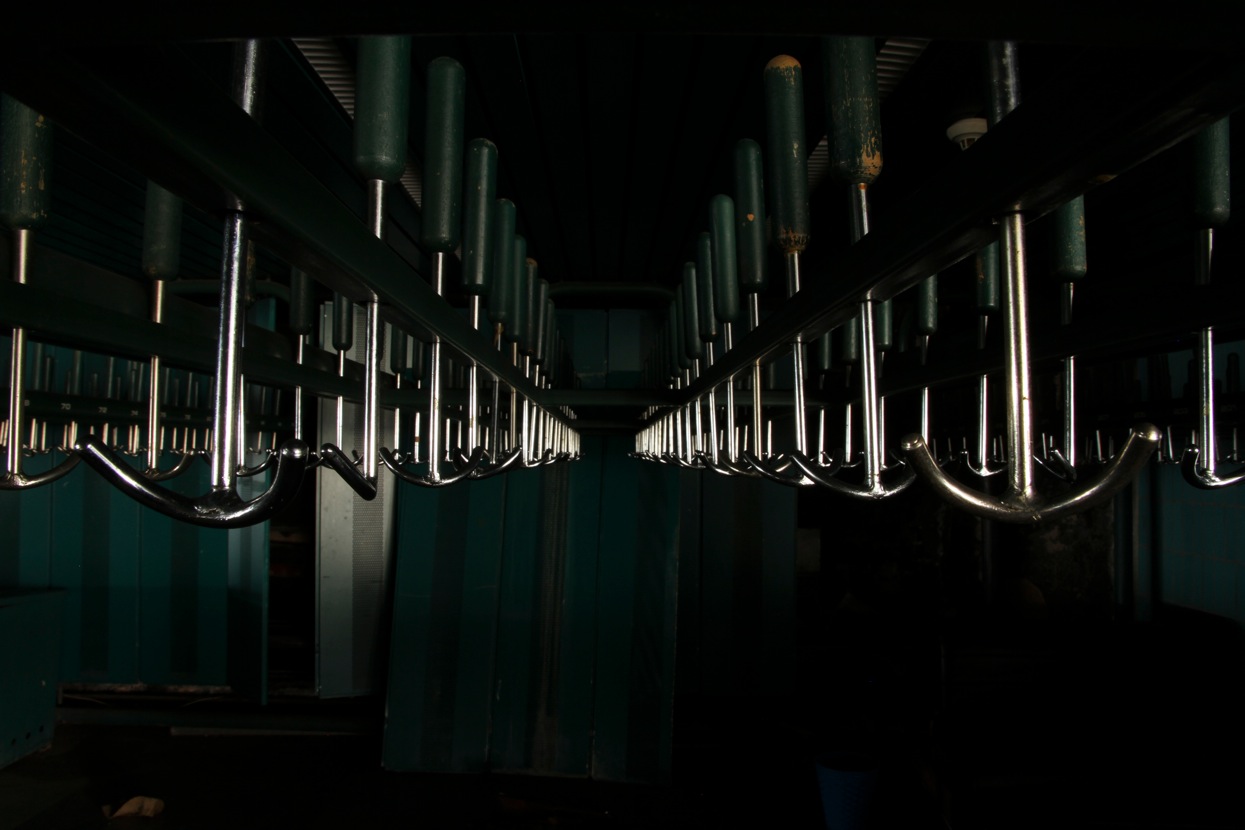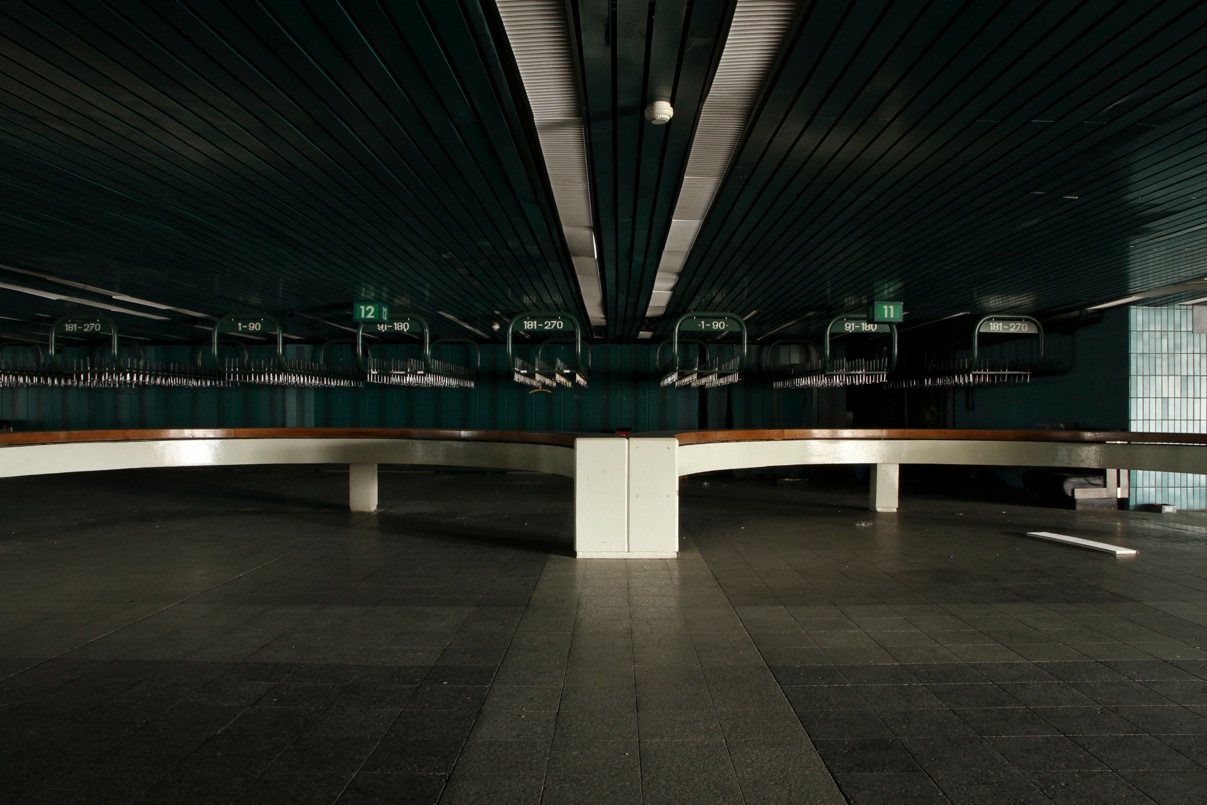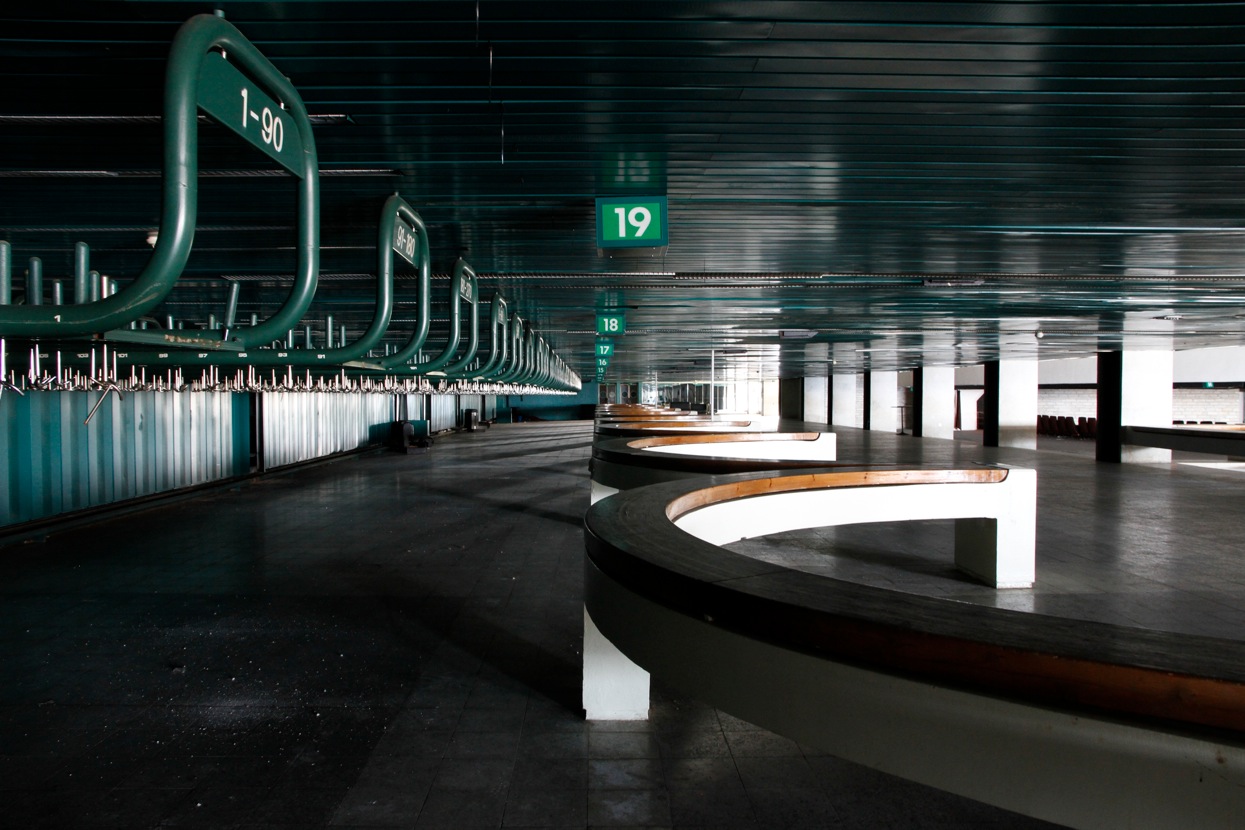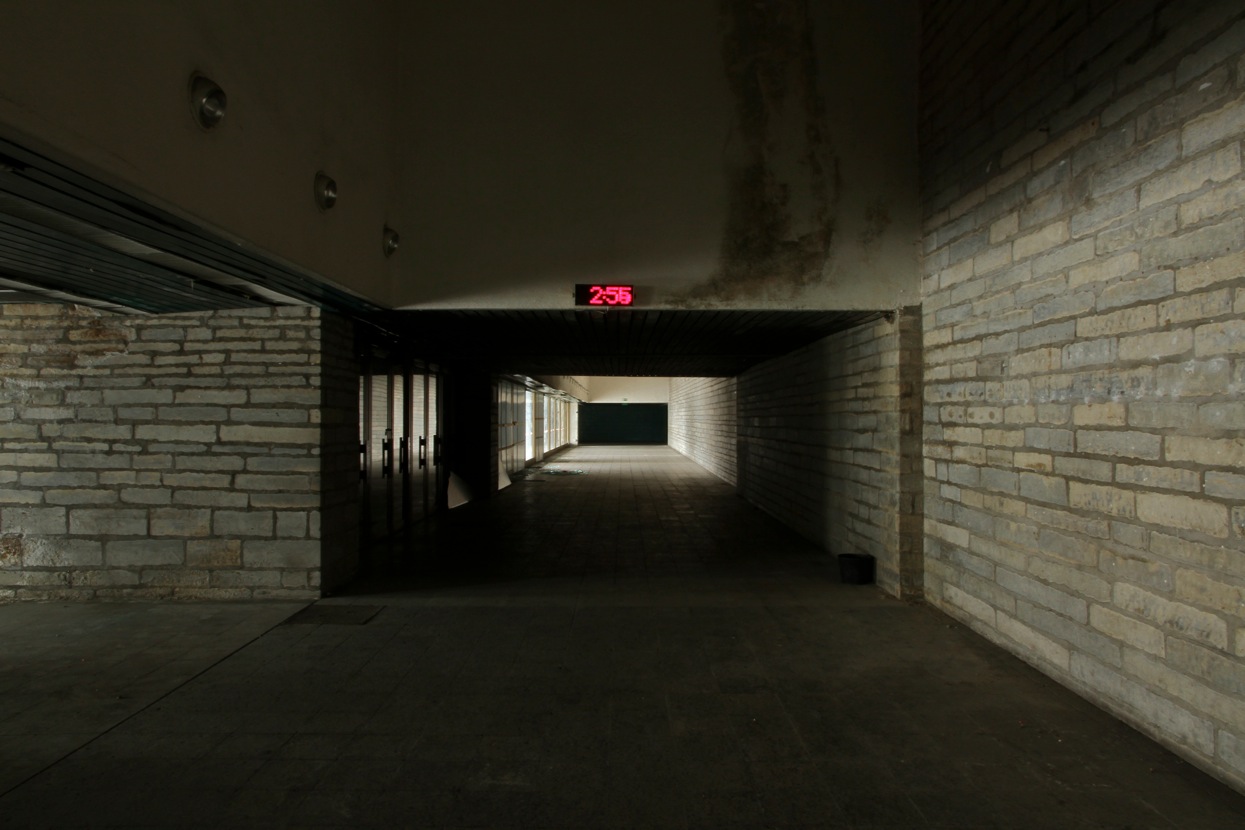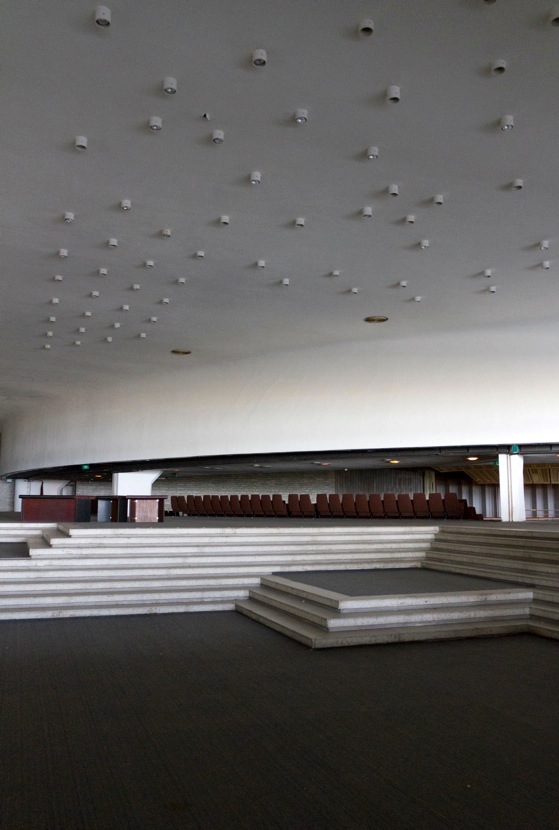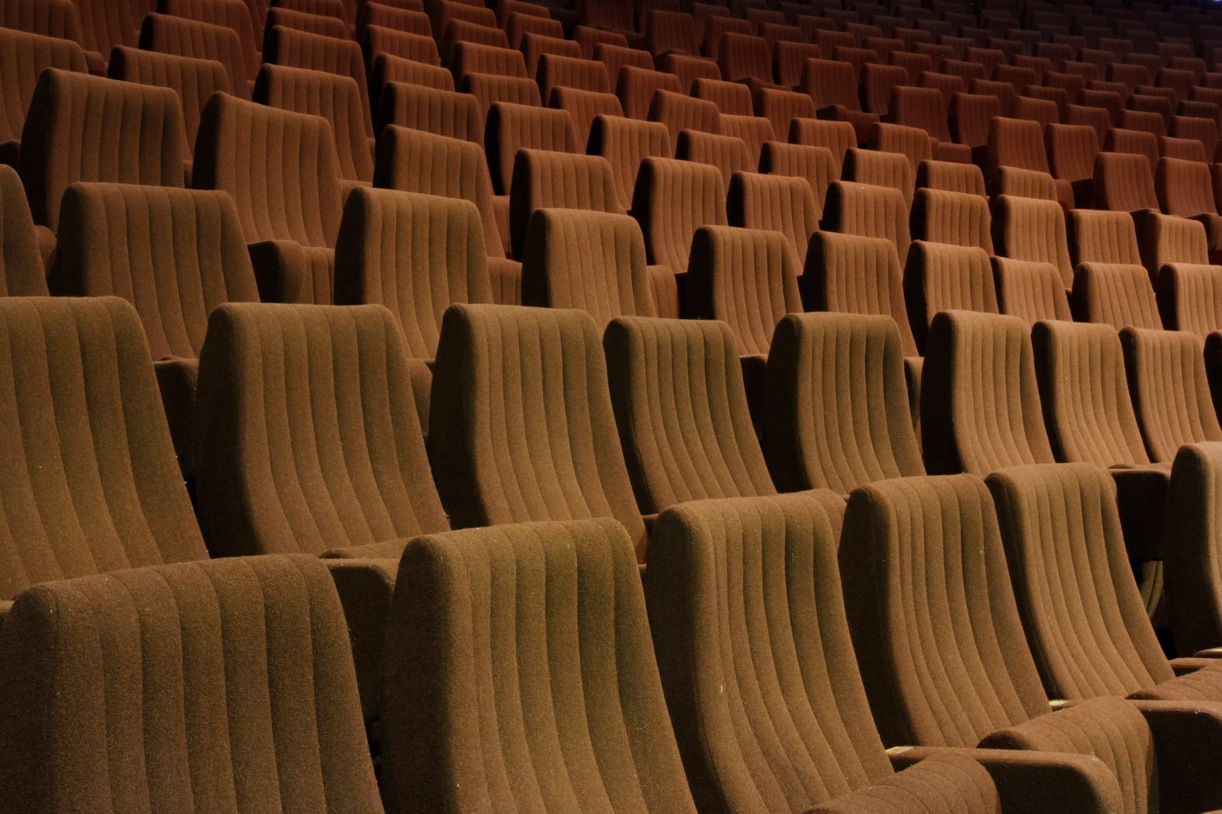Fading appreciation, changing values and demands, associations with troubled pasts, structural decay, rampant property development and other trends can lead to the abandonment, neglect and disappearance of architectural legacy, even that of an entire era. Such was the starting point of the 2012 Estonian contribution to the Venice Architectural Biennale, asking the question ‘How Long is the Life of a Building?’. It explored the abandonment of various modernist buildings from the soviet era in Estonia, showing remarkable and daring designs which were the architectural highlights of the soviet era in Estonia. However, most of them have fallen victim to changing times and struggle with new realities. Failed Architecture also led a research workshop on one of the country’s most well-known architectural icons from late 1970s.
The catalogue of the Estonian contribution in Venice is a broad collection of perspectives dealing with the lifespan of architecture, ranging from topics such as structural decay, the re-appreciation and re-use of formerly neglected architecture, the heritage potential of modernist architecture and the importance of time and life in Japanese (re)building habits, to critique on the production of urban space. The complete catalogue is accessible online.



